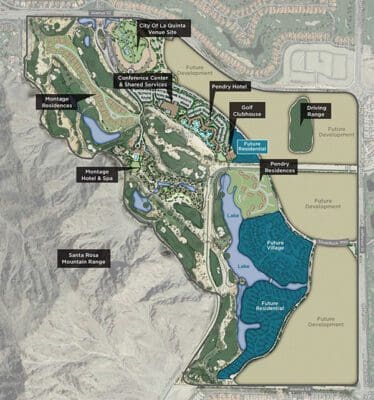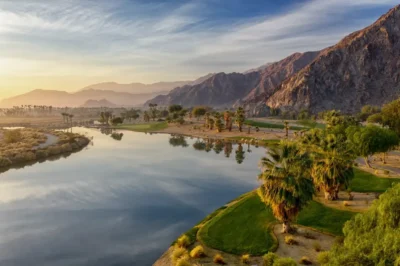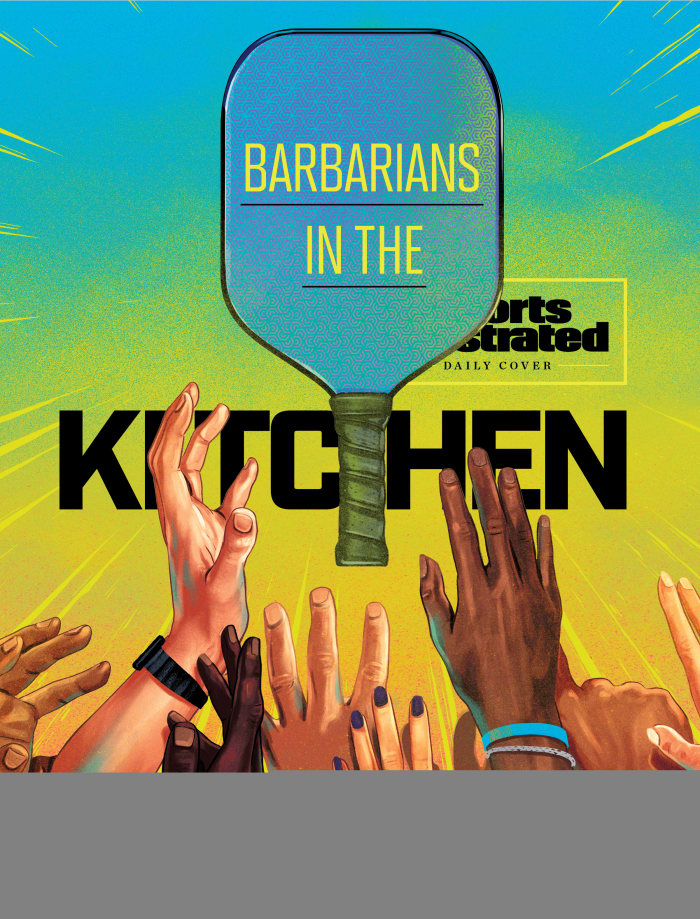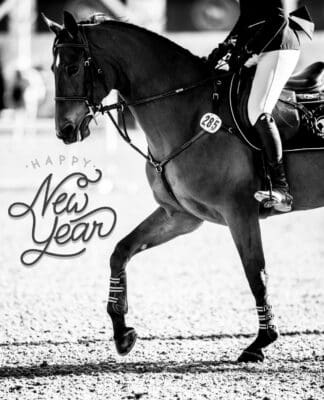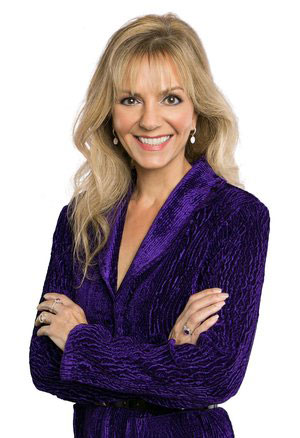Talus – A Bold New Vision of Community, Hospitality & Sustainability
Courtesy of Christine Loomis, Desert Golf & Tennis
Planning a getaway to the Coachella Valley? May we suggest late 2022 or 2023—that is if you want to be among the first to experience the newly imagined TALUS La Quinta, an ambitious rebranding of a resort and residential community that aims to set an extraordinary new standard in desert hospitality. To say there’s a high level of anticipation and excitement surrounding the long-delayed development at SilverRock is an understatement.
NOTE: You must have one of our team accompany you on your first visit or introduce you in order to retain your right to your own representation to look after your fiduciary best interests. Contact Sheri Dettman & Associates for information.
Phase 1 of the 525-acre development includes two luxury hotels, spas, private residences, a new golf clubhouse, extensive dining options and more. The luxury Montage Hotel will feature134 casita-style guest rooms, while the Pendry Hotel, a “lifestyle” brand, will offer 200 guest rooms. In between the two will be a 70,000 square-foot conference center, which will open concurrently with the Montage Hotel.
Randy J. Duncan, general manager and director of golf at SilverRock, says the completed project will elevate golf across the desert. “SilverRock opened on Valentine’s Day, 2005. Since then, it’s been a golf course, clubhouse, golf operations and some F&B, all surrounded by hundreds and hundreds of acres of undeveloped land. When this project is complete, it’s going to be the mecca of the desert. The quality and high standards Montage brings to the community will have a positive impact on the golf experience. I’m excited about the future.”
Work is moving full steam ahead. The Montage is slated to open in Spring 2023, while the Pendry will welcome its first guests in 2024. Both properties are part of Montage International. Jeff Yamaguchi, VP of real estate with TALUS, says the first of the 29 single-family Montage-branded homes will be ready in November 2022. Delivery of the first Pendry-branded condos is scheduled for February 2023. These 55 condo units will be built in 11 three-story buildings, five residences or “stacked flats” per building.
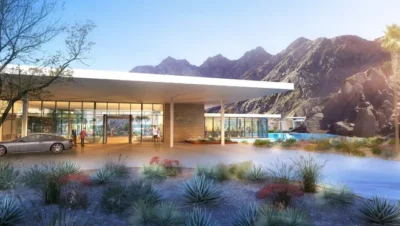
The design aesthetic across TALUS celebrates Desert Modernism, a low-profile style that welcomes the desert landscape in. Montage staff will manage the homes and owners can opt to put residences in a short-term rental program, providing another option for out-of-town guests wanting more than a hotel room for their Coachella Valley stay.
The new golf clubhouse is scheduled to open at the start of the next fall season. Golf and F&B operations will move to the new clubhouse, leaving historic Ahmanson Ranch House ready for its transformation into an exciting new dining venue.
What won’t change is the Arnold Palmer-designed golf course, which completed a significant renovation several years ago. It will remain open to the public—and to hotel guests when they arrive. And residents of La Quinta, wherever they live in town, will still have the La Quinta Resident Program available to them. Duncan says retaining the resident program was always in the plan. “Elements of the program may change,” he notes, “but the program will remain.”
TALUS La Quinta has been described as a community-focused around wellness, activity and sustainability, within the context of respect for and enjoyment of the natural desert landscape. “TALUS is your wellspring in the desert, alive with opportunities to nourish body, mind and soul,” it says on the website. Another spot proclaims, “You feel powerful, yet unusually peaceful as you connect with the cadence and rhythm of the land. It’s the next chapter of SilverRock, a place to truly be alive and well.”
It may be marketing hype, yet the passion of developers for this project makes one wonder if a community, this community, actually can offer all that up in a tangible, meaningful way. Yamaguchi says TALUS absolutely can and will. “There’s a distinct energy derived from the mountains and the land. ‘Talus’ is defined as a gathering of rock fragments at the base of a mountain, and that was the inspiration behind the name change. Our goal is to create a gathering place and a unique assemblage of experiences for every family generation.”
When asked about the more esoteric goals of the project, Yamaguchi’s passion is clear. In terms of sustainability, he says solar energy is a core element of the residences. And though recycled materials won’t feature in construction until after Phase 1, he points out that they’ve reduced concrete and steel in the residential construction in favor of expansive use of glass, which simultaneously helps connect residents to the outside environment and reduces energy costs. “Glass helps keep homes warmer in winter by allowing heat in, and in summer, the double-paned glass will make the homes both cooler and more energy-efficient,” he says.
The health of residents and visitors was also a consideration in construction and hospitality practices. “We’re putting in an air purification system attached to HVAC, which filters out particles down to .03microns,” Yamaguchi notes. “Given the events of the past 18 months, air quality is a huge consideration for everyone. We want to create an extra level of confidence for residents and their guests by providing a safer, healthier living environment.” Most exciting is the vision for a farm in the next development phase. “We’re hoping to create a farm where we’ll grow products for culinary and spa programs, and also create an opportunity for organic composting,” Yamaguchi says. “Additionally, we want to curate a farm-to-table culinary experience that will be available to residents, hotel guests and people in the local community. “Agriculture,” he continues, has been integral to the Coachella Valley’s history and identity. With the evolution of plant-based palates and dietary requirements, we think it’s time to make it a priority going forward.”
Another goal is to-take wellness to the next level by establishing regimes and protocols that tap into the spiritual aspects of wellness. There are no concrete plans on that yet, but Yamaguchi says they’ll likely come toward the end of next year.” In the end, he says, “We want TALUS to be a sanctuary, a place where you not only connect with the land, the sky and the mountains but also where you reconnect with family and rejuvenate your soul.”
That’s a tall order for a desert golf resort. But TALUS La Quinta is focused on setting a new standard altogether. “To be able to bring this level of luxury hospitality to the valley is really exciting and really important,” Yamaguchi says. “The Coachella Valley has never had a 5-Diamond, 5-Star resort; given the history of this destination, that’s hard to believe. We believe TALUS will change that.”
Hype? Maybe. But our bet—and hope—is that TALUS La Quinta will live up to everything it’s meant to be.
Contact Sheri Dettman & Associates for a private introduction to the Talus La Quinta homes and development.
